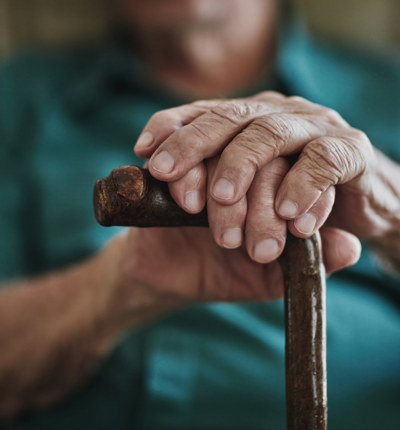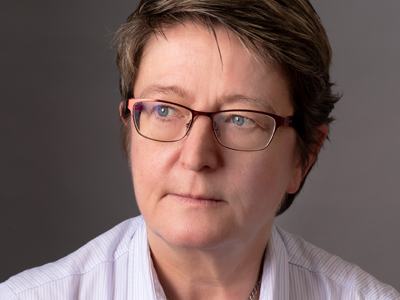
World Elder Abuse Day
On World Elder Abuse Day, Emma Jones questions whether it has been wise to relax the requirements for certification of death among the elderly population.
Posted on 15 June 2020
This year World Elder Abuse Day falls in the midst of a pandemic that has seen thousands of older people die.
We do not yet know what the final death toll will be, but we have accounts that Covid-19 kills one in 16 care home residents.
We read reports of EU data suggesting that half of coronavirus deaths happen in care homes where the age of the care home population tends to be older. These are worrying times.
And during the midst of the pandemic we see a relaxing of the requirements involved in death investigation and certification of death.
Harold Shipman was a lone practising GP who went rogue. Shipman, Britain's biggest serial killer, caused the deaths of a number of older people using morphine. He then falsified details on death certificates. The ability to falsify the death certificates helped him to murder up to 260 of his patients over a 23-year period.
Over 80 per cent of his victims were older. In many of the cases, he kept his involvement out of the picture by signing their death certificates and avoiding the involvement of a coroner – no one was any the wiser.
Following a Public Inquiry (2002), chaired by High Court Judge Dame Janet Smith into how this could have happened, there was a call for sweeping reforms.
The inquiry recommended that a system of death certification must minimise any risk of the successful concealment of an unlawful death, but should also “provide a safeguard against attempts to conceal incidents of medical error or lack of proper medical care which result in death, as well as unlawful acts by persons other than health professionals”.
However, since Covid-19 we have seen a serious relaxing of the “rules” around this process.
We hear stories of care home staff being asked to certify deaths, of the use of fragility as a cause of death as being acceptable and coroners stating that such deaths will not be investigated.
Whilst I am not suggesting that sinister things are happening I do think that we must be mindful of the reasons why the process was changed and why the regulations relating to the certification of death were tightened – it was to prevent another Shipman.
I realise that in the time of so many individuals losing their lives that the process might well need to be speeded up, but we must be asking ourselves, at what cost?
Will using frailty of old age, which to me really doesn’t mean anything, become the norm when certifying the death of an older person?
Shipman’s crimes raised troubling questions about the powers and responsibilities of the medical community and about the adequacy of procedures for certifying sudden deaths.
Shipman injected many victims with a lethal dose of diamorphine and then signed a death certificate attributing the incident to natural causes. The deaths were not investigated, and he carried on killing.
Frailty of old age – death by natural causes – no need for an investigation.
I do not want to be scaremongering during what is a scary enough time anyway, but I am just saying – let’s not let this become the norm; let’s ensure that we don’t start accepting such causes as a cause of death; let’s remember why the death certification process was changed.
It was for the protection of society against people like Shipman. As set out above, over 80 per cent of his victims were older – we know older people are vulnerable.
It is imperative that we ensure that the medical profession is not allowed to slip into bad habits and that we, as a society, continue to recognize the importance of a robust process of death certification.


